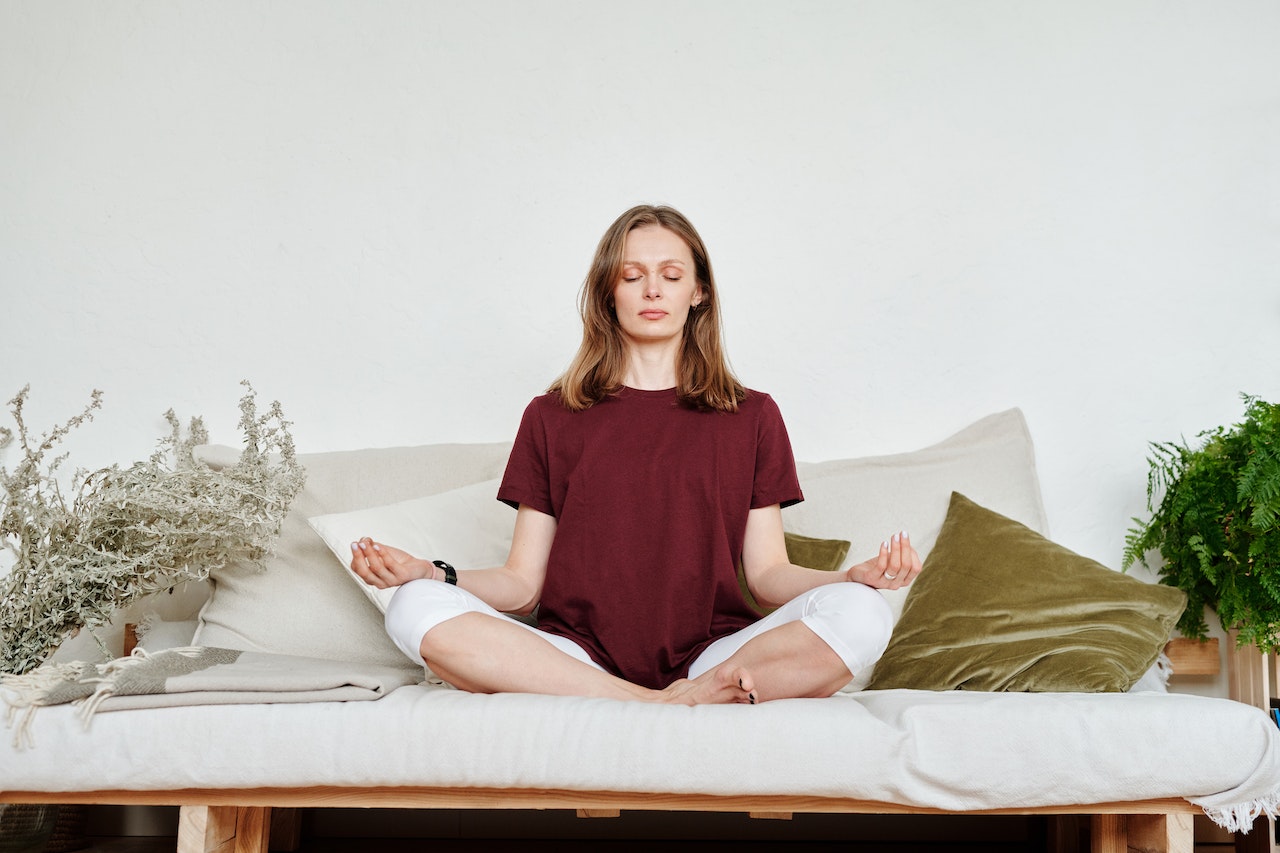In unserem Alltag und der Arbeitswelt geht es immer häufiger um höher… schneller… weiter… und die Menschen hetzen von einem Termin zum nächsten. Hierbei bleibt jedoch meist der wichtige Gegenpart: die Entspannung, auf der Strecke. Vielleicht kennst Du das auch von Deinem Alltag und weißt wie ausgelaugt Du Dich am Abend fühlst, wenn Du von einem Termin zum nächsten gehetzt bist. Kurzfristiger Stress oder mal einen vollgepackten Tag ist nicht so schlimm. Andauernder Stress kann jedoch langfristig zu verschiedenen körperlichen und seelischen Beschwerden führen. Daher ist es für die Gesundheit so wichtig rechtzeitig kleine Inseln der Entspannung zu finden, und wenn es nur 5 min zwischendrin sind. Du wirst merken, dass schon kurze Pausen Deine Produktivität und Leistungsfähigkeit verbessern können, aber was noch viel wichtiger ist, Du wirst Deine Arbeit mit mehr Leichtigkeit und Freude machen können. Die Bandbreite der Entspannungsübungen ist groß und wir wollen uns in diesem Artikel dem autogenen Training widmen. Aber was ist autogenes Training überhaupt?
Autogenes Training ist eine Entspannungstherapie, bei der formelhafte Sätze verwendet werden, die auf das vegetative Nervensystem wirken und unwillkürlich ablaufende Prozesse im Körper wie Atmung, Herzschlag oder Hormonausschüttung, regulieren können. Die Übungen sind einfach zu erlernen, dauern nur wenige Minuten und verbessern Dein Wohlbefinden. Wir zeigen Dir wie!











